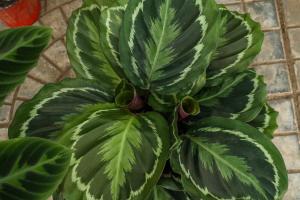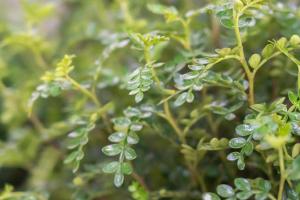How to Kill Grubs in Potted Plants
Grubs are the larvae of different types of beetles, including Japanese, May or June beetles. They feed on the roots of grasses, trees, and plants, causing significant damage over time. Grubs can also infest potted plants, including flowers, herbs, and vegetables. Fortunately, there are several ways to control and kill these pests.
Identify Grub Infestations
The first step in controlling grubs in potted plants is to know the signs of their infestations. The following signs indicate the presence of grubs in your plants:
Yellow, wilted and dead leaves
Stunted growth or no growth at all
Soft spots or holes on the plant roots
The presence of adult beetles near the plants
Visible grubs in the soil or on the plant roots
Manual Removal of Grubs
If you notice the signs of grubs early, you can manually remove them from the potted plants. This method involves uprooting the affected plant, shaking off the soil and examining the roots. Use a pair of tweezers to pick the grubs from the roots of the plant, being sure to remove as many as possible.
Biological Control of Grubs
Another way to control and kill grubs in potted plants is to use biological control agents such as nematodes. These are beneficial organisms that prey on grubs while leaving the plants unharmed. You can buy nematodes from garden centers or online stores and apply them to the soil according to the instructions provided.
Chemical Control of Grubs
If the infestation is severe, you may need to use chemical control methods to kill the grubs. There are several insecticides available that are effective in treating grub infestations in potted plants. Some of the most commonly used chemicals include imidacloprid, carbaryl, and bifenthrin. Be sure to carefully read the instructions provided on the label and use the recommended amount of the insecticide.
Cultural Control of Grubs
Cultural control methods can also help reduce the risk of grub infestation in potted plants. These methods include:
Regularly inspecting your plants for signs of grubs
Providing proper drainage and not overwatering your plants
Applying organic mulch to your plants to prevent the beetles from laying eggs
Keeping the soil healthy and fertile
Conclusion
Grubs can cause significant damage to potted plants and other types of vegetation. However, you can control and kill these pests using a combination of biological, manual, chemical, and cultural control methods. Be sure to regularly inspect your plants, provide proper drainage, and use insecticides only as a last resort. With these methods, you can keep your potted plants healthy and thriving.

 how many times do yo...
how many times do yo... how many planted tre...
how many planted tre... how many pine trees ...
how many pine trees ... how many pecan trees...
how many pecan trees... how many plants comp...
how many plants comp... how many plants can ...
how many plants can ... how many plants and ...
how many plants and ... how many pepper plan...
how many pepper plan...
































